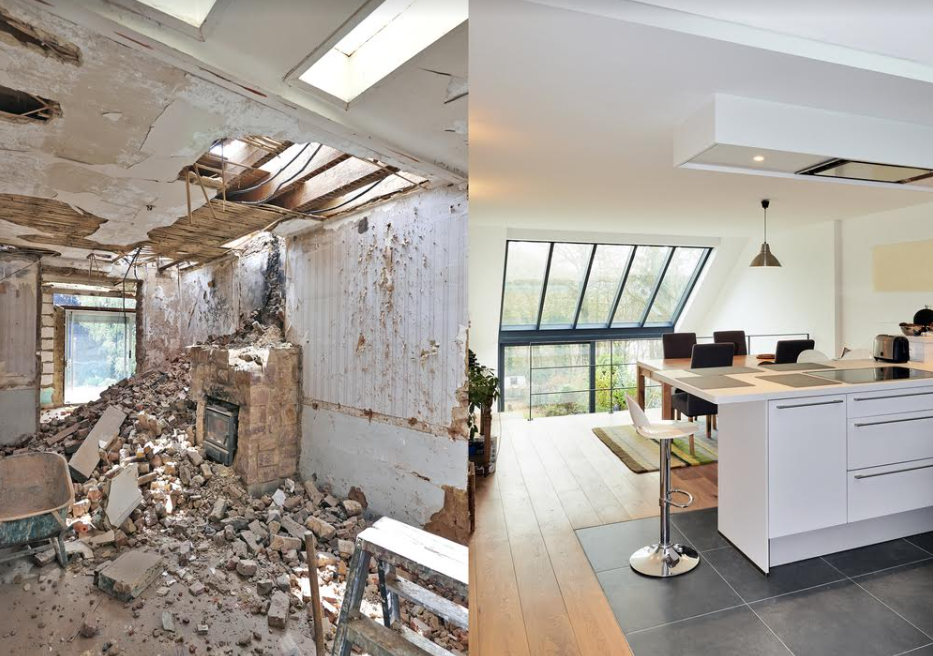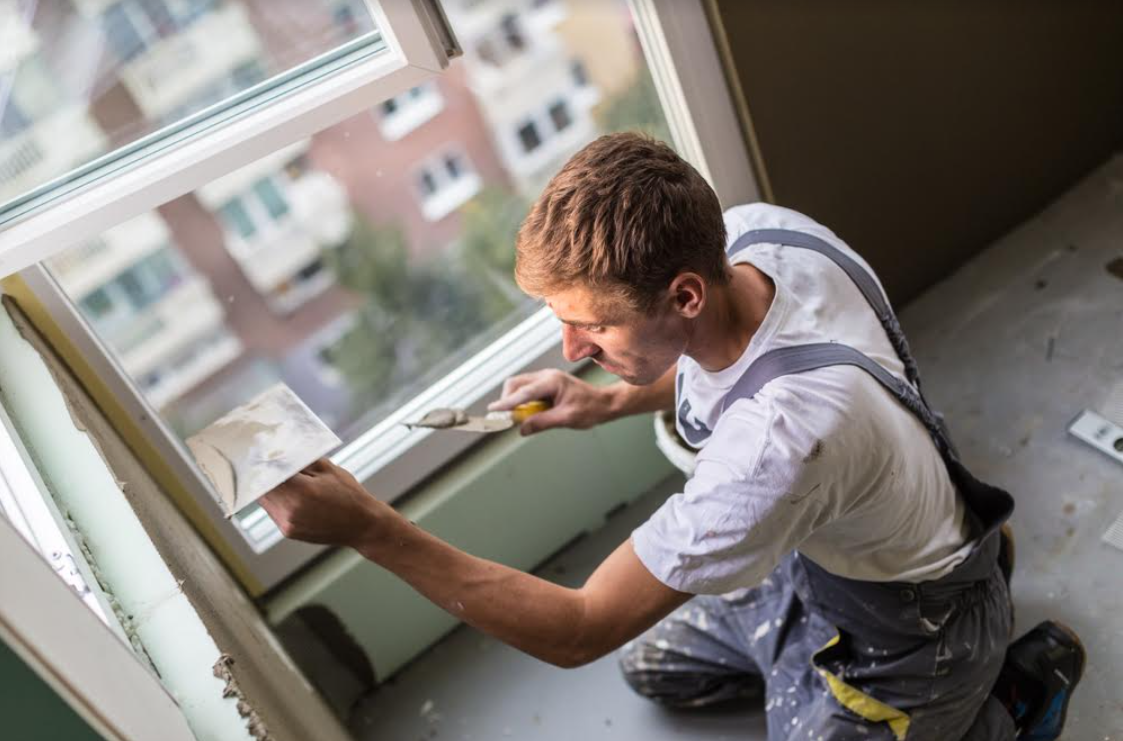Anyone involved in the property business will no the opportunities there are in a good flip project. Buying a property BMV (Below Market Value), giving it a facelift, and then flipping it back onto the market at a higher price is a well-proven strategy and an excellent generator of cash, that is particularly good for those looking to start investing in property.
But there are a number of pitfalls to be aware of. Inexperience and lack of knowledge can mean that you end up making some very serious mistakes, which in turn can not only cost you your profit margin but end up costing you from your own pocket too.

To help you avoid these costly mistakes, we have highlighted the areas you need to be aware of when planning your house flipping project.
- Budget. Budget. Budget
When surveying what needs to be done to make the flip resaleable, be realistic! Too often, investors drastically underestimate the amount of work that is needed, don’t spot any underlying problems that might raise their expensive little heads when the work starts, or completely ignore areas of the property that also require work. You might have managed to create an absolute gem of a property, beautifully refurbished and all within budget, only to turn around and realise that you had not taken into account the external driveway, paving and gardens, which will equally affect the potential sales price.
Once you have set your budget, add a 30 per cent contingency. You want to avoid using it, as it will eat into your profits. However, calculating your margins with the contingency in mind will give you greater flexibility and parameters in which to work.
- Know your areas!
You think you have found a bargain. The numbers stack up. And your offer has been accepted. Then you realise that similar houses in neighbouring streets are already selling for similar prices without the need for any refurbishment work. Your flip suddenly becomes an expensive mistake that you could have avoided had you done your homework.
When viewing properties, RESEARCH YOUR AREA! Comparing a price in Hull with a similar property in London is going to give you a skewered view on realistic prices.
Stick to where you know. It doesn’t have to be your own neighbourhood, but the more you concentrate on a golden area, that you get to know inside out, the more you will know what is a bargain, and what is not. Nurture relationships with local estate agents and tradespeople. Get to know the neighbours on the properties you are working on.
- Bring in the experts
Even if you’re an experienced DIYer, make sure you use expert contractors – particularly for work that requires legal inspections like electrical and gas installations.
- Don’t create a palace
Be modest and ‘bland’ in your renovations. Any potential buyer who comes in will want to be able to envisage putting their own stamp on the place. If you have spent thousands on gold taps and the buyer decides to rip them all out to replace them with something a bit less ostentatious, those taps come straight off your bottom line. You do not have to spend a fortune to make a place look sleek and clean.
- Don’t Panic!
Problems will happen. Completing a flip involves a million moving parts and keeping control of them all is a nigh-on impossible job. If something doesn’t go according to plan, don’t panic. Keep things in perspective. Consider it in isolation and put actions in place to overcome the problem, calmly and strategically. If you panic, you’ll only end up creating more problems.

